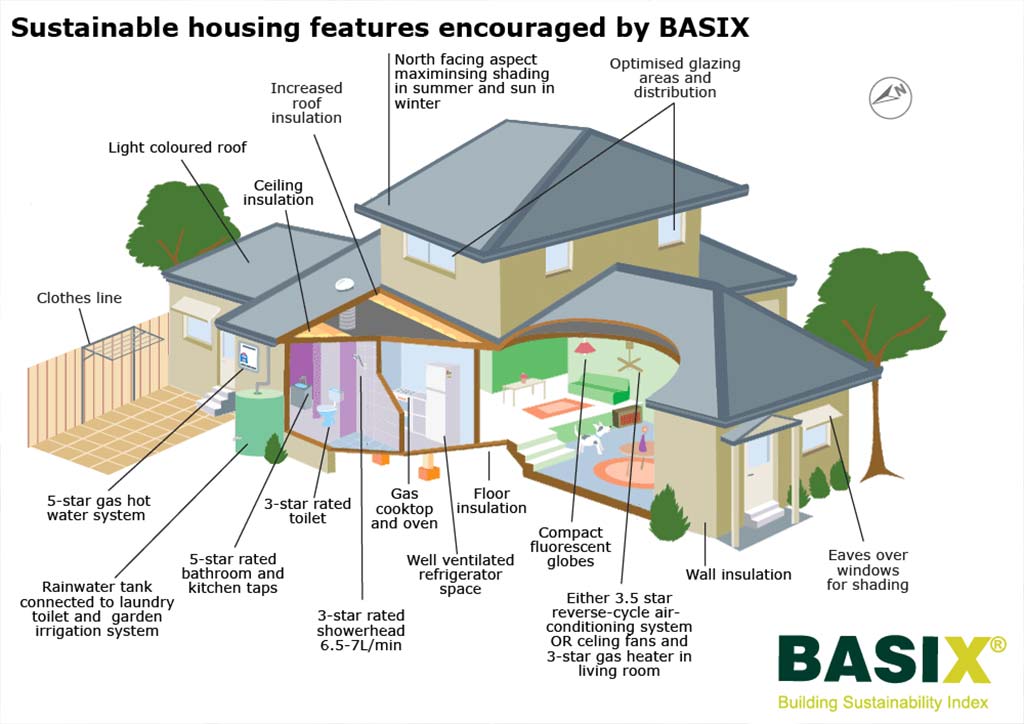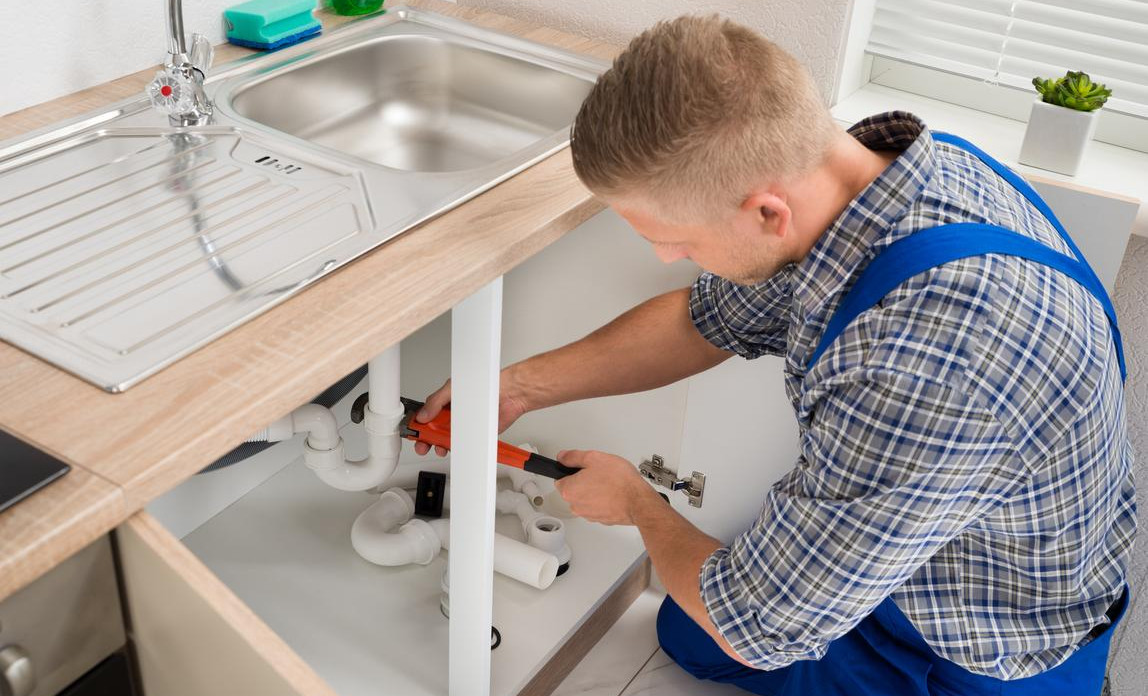Exploring Your Property's Plumbing System Anatomy
Exploring Your Property's Plumbing System Anatomy
Blog Article
Just how do you feel in regards to The Inner Workings of Your Home's Plumbing?

Recognizing just how your home's pipes system functions is crucial for every single house owner. From providing clean water for drinking, cooking, and bathing to safely removing wastewater, a well-maintained plumbing system is important for your household's health and wellness and comfort. In this comprehensive guide, we'll explore the intricate network that composes your home's pipes and deal pointers on upkeep, upgrades, and dealing with typical problems.
Introduction
Your home's pipes system is greater than simply a network of pipelines; it's a complicated system that ensures you have accessibility to clean water and efficient wastewater elimination. Recognizing its elements and just how they collaborate can assist you prevent pricey fixings and make sure whatever runs efficiently.
Fundamental Components of a Pipes System
Pipelines and Tubing
At the heart of your plumbing system are the pipelines and tubes that carry water throughout your home. These can be constructed from numerous products such as copper, PVC, or PEX, each with its advantages in regards to resilience and cost-effectiveness.
Components: Sinks, Toilets, Showers, and so on.
Fixtures like sinks, commodes, showers, and bathtubs are where water is made use of in your home. Comprehending how these components connect to the pipes system helps in detecting problems and preparing upgrades.
Shutoffs and Shut-off Points
Shutoffs regulate the flow of water in your pipes system. Shut-off shutoffs are important throughout emergencies or when you need to make repair work, permitting you to isolate parts of the system without disrupting water circulation to the entire home.
Water Supply System
Key Water Line
The primary water line links your home to the municipal water supply or a personal well. It's where water enters your home and is dispersed to different components.
Water Meter and Stress Regulatory Authority
The water meter measures your water usage, while a pressure regulatory authority ensures that water flows at a risk-free stress throughout your home's pipes system, stopping damage to pipes and components.
Cold Water vs. Hot Water Lines
Understanding the distinction in between cold water lines, which supply water directly from the primary, and warm water lines, which bring warmed water from the hot water heater, aids in fixing and preparing for upgrades.
Drainage System
Drain Pipes Water Lines and Traps
Drain pipes carry wastewater away from sinks, showers, and bathrooms to the drain or sewage-disposal tank. Catches avoid drain gases from entering your home and additionally trap debris that could trigger blockages.
Air flow Pipelines
Ventilation pipes allow air right into the water drainage system, avoiding suction that might reduce drainage and cause traps to vacant. Proper ventilation is crucial for maintaining the stability of your plumbing system.
Relevance of Correct Water Drainage
Making certain correct drain stops backups and water damage. Regularly cleansing drains pipes and preserving traps can avoid costly repairs and prolong the life of your plumbing system.
Water Heating System
Sorts Of Hot Water Heater
Water heaters can be tankless or conventional tank-style. Tankless heaters warm water on demand, while tanks keep warmed water for prompt usage.
How Water Heaters Connect to the Pipes System
Comprehending just how hot water heater connect to both the cold water supply and warm water distribution lines helps in diagnosing problems like not enough warm water or leakages.
Maintenance Tips for Water Heaters
Consistently flushing your hot water heater to get rid of sediment, inspecting the temperature setups, and examining for leakages can prolong its life-span and improve power performance.
Typical Plumbing Problems
Leakages and Their Causes
Leaks can take place due to aging pipes, loosened installations, or high water pressure. Addressing leaks promptly stops water damages and mold and mildew growth.
Blockages and Clogs
Obstructions in drains and bathrooms are frequently caused by flushing non-flushable items or a build-up of grease and hair. Making use of drainpipe displays and bearing in mind what drops your drains can protect against obstructions.
Indicators of Pipes Issues to Look For
Low water pressure, slow drains pipes, foul odors, or unusually high water bills are indicators of potential plumbing troubles that ought to be resolved without delay.
Plumbing Upkeep Tips
Routine Inspections and Checks
Schedule annual pipes inspections to catch concerns early. Search for indicators of leaks, deterioration, or mineral buildup in taps and showerheads.
DIY Upkeep Tasks
Easy jobs like cleansing faucet aerators, looking for toilet leaks using dye tablet computers, or shielding exposed pipelines in cool climates can protect against major plumbing problems.
When to Call a Specialist Plumbing
Know when a pipes concern needs specialist competence. Trying intricate repair work without appropriate expertise can result in even more damages and greater repair costs.
Upgrading Your Plumbing System
Factors for Updating
Upgrading to water-efficient fixtures or replacing old pipes can enhance water top quality, lower water expenses, and boost the worth of your home.
Modern Pipes Technologies and Their Advantages
Discover technologies like smart leak detectors, water-saving commodes, and energy-efficient water heaters that can conserve money and minimize environmental effect.
Expense Factors To Consider and ROI
Compute the ahead of time prices versus lasting savings when considering plumbing upgrades. Lots of upgrades pay for themselves through reduced utility expenses and fewer repair work.
Environmental Impact and Preservation
Water-Saving Components and Home Appliances
Setting up low-flow taps, showerheads, and toilets can considerably decrease water usage without sacrificing efficiency.
Tips for Decreasing Water Usage
Basic behaviors like taking care of leaks without delay, taking much shorter showers, and running full lots of washing and meals can preserve water and lower your utility expenses.
Eco-Friendly Pipes Options
Take into consideration sustainable plumbing materials like bamboo for flooring, which is durable and green, or recycled glass for counter tops.
Emergency Readiness
Actions to Take Throughout a Plumbing Emergency situation
Know where your shut-off shutoffs are located and just how to turn off the supply of water in case of a burst pipeline or major leak.
Importance of Having Emergency Situation Calls Useful
Maintain call info for regional plumbings or emergency situation solutions easily available for fast action during a pipes crisis.
DIY Emergency Situation Fixes (When Suitable).
Short-term fixes like making use of duct tape to patch a dripping pipeline or placing a bucket under a trickling faucet can reduce damages until a professional plumber gets here.
Final thought.
Comprehending the anatomy of your home's plumbing system equips you to keep it effectively, saving money and time on fixings. By adhering to normal maintenance regimens and staying educated regarding modern-day plumbing modern technologies, you can ensure your pipes system operates effectively for several years to come.
HOW YOUR PLUMBING SYSTEM WORKS
Which Pipes Do What?
Blue lines = fresh water supply entering the building
Red lines = hot water supply entering the building
Grey lines = pipes carrying waste away from the building and venting pipes carrying gases away from the building (through the roof)
YOUR MAIN PLUMBING SYSTEMS
There are two main plumbing systems that support your home s basic plumbing needs one that brings clean water into your home, and one that sends dirty water away from your home. Connected to the toilet, bath, shower, and other faucets in your home, these two systems keep your water flowing in the right directions.
ACCESSING FRESH WATER
Fresh and clean water is brought into your home through the main water supply line . Filtered through one pipe, this water is pressured to flow into the various fixtures in your home at any given time.
This water can be sourced from a well located on your property, a pond or river (mostly cottages), or, as in most cases, from the city s municipal water treatment centre. However, it is important to note that water that is untreated, such as the water siphoned from ponds or rivers, may not be safe to drink. Personal water supplies always need to be treated for hardness and contaminants before consumed.
MUNICIPAL WATER SUPPLIES
Improve taste and odour
Remove sediment
Eliminate hardness
Reduce chlorine
COLD WATER SUPPLY VS. HOT WATER SUPPLY
Cold water flows into your home or building through the service line, which then distributes hot or cold water to your fixtures. This line is most commonly run through a central column that runs floor to floor. Hot water runs in short and straight pipes as the longer the pipeline, the more heat that will be lost in the transfer. Having shorter pipes also allows residents to access hot water more quickly.
WASTE WATER SYSTEM
Your wastewater system is divided into two parts pipes that send wastewater away from your home and venting pipes that send sewer gas away from your home. Sewage water travels through pipes that flush the water and waste towards local sewers that are operated and managed by your city or town. Most sewer systems rely on gravity to move the wastewater to where it needs to go.
The further away from your toilet or sink, the larger wastewater pipes become. This allows for waste to be disposed of from various parts of your home or business at once without pipe blockages. The angle and flow of these pipes are also essential for keeping your waste pipes clear of build up.
https://harrisplumbing.ca/how-your-home-plumbing-system-works/

HOW YOUR PLUMBING SYSTEM WORKS
Which Pipes Do What?
YOUR MAIN PLUMBING SYSTEMS
There are two main plumbing systems that support your home s basic plumbing needs one that brings clean water into your home, and one that sends dirty water away from your home. Connected to the toilet, bath, shower, and other faucets in your home, these two systems keep your water flowing in the right directions.
ACCESSING FRESH WATER
Fresh and clean water is brought into your home through the main water supply line . Filtered through one pipe, this water is pressured to flow into the various fixtures in your home at any given time.
This water can be sourced from a well located on your property, a pond or river (mostly cottages), or, as in most cases, from the city s municipal water treatment centre. However, it is important to note that water that is untreated, such as the water siphoned from ponds or rivers, may not be safe to drink. Personal water supplies always need to be treated for hardness and contaminants before consumed.
MUNICIPAL WATER SUPPLIES
COLD WATER SUPPLY VS. HOT WATER SUPPLY
Cold water flows into your home or building through the service line, which then distributes hot or cold water to your fixtures. This line is most commonly run through a central column that runs floor to floor. Hot water runs in short and straight pipes as the longer the pipeline, the more heat that will be lost in the transfer. Having shorter pipes also allows residents to access hot water more quickly.
WASTE WATER SYSTEM
Your wastewater system is divided into two parts pipes that send wastewater away from your home and venting pipes that send sewer gas away from your home. Sewage water travels through pipes that flush the water and waste towards local sewers that are operated and managed by your city or town. Most sewer systems rely on gravity to move the wastewater to where it needs to go.
The further away from your toilet or sink, the larger wastewater pipes become. This allows for waste to be disposed of from various parts of your home or business at once without pipe blockages. The angle and flow of these pipes are also essential for keeping your waste pipes clear of build up.
https://harrisplumbing.ca/how-your-home-plumbing-system-works/
I'm certainly very drawn to and I really hope you enjoyed the blog posting. So long as you enjoyed reading our page please consider to pass it around. Thank-you for your time invested reading it.
Call Today Report this page